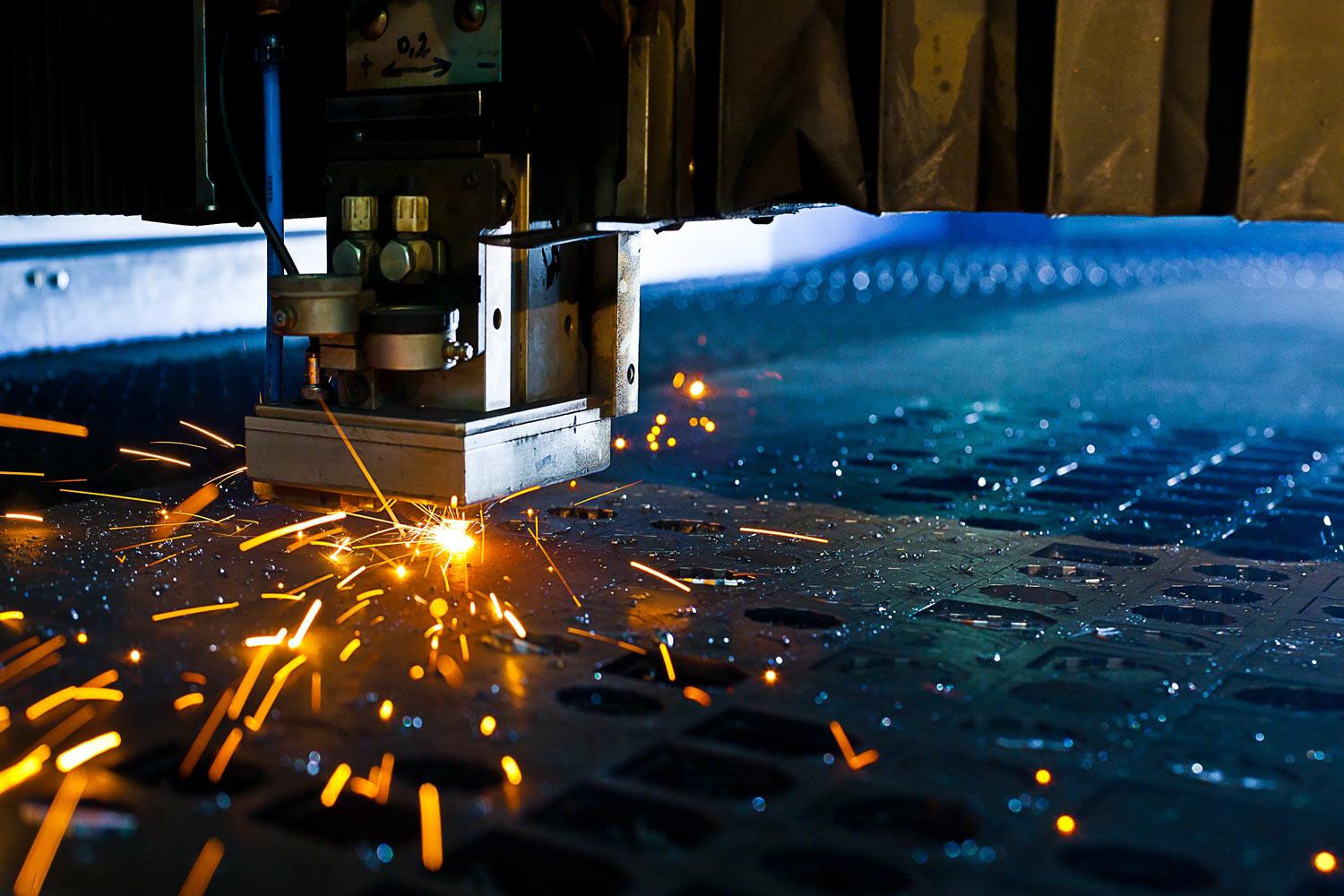
Steel Building Erectors
Facility Builders
Understanding Tilt up Building Technology
Tilt up developing innovation is a fairly recent approach to building wall surfaces and various other structures out of concrete. The tilt up structure methodology is sometimes described as tilt-wall or tilt-slab, and also for big business facilities (> 50,000 square feet) it can be especially economical. This short article talks about exactly how it all works.
Turn up building obtains its name from the fact that the concrete for structural components is poured and cured horizontally (i.e., lying down), not up and down (or standing upright). The types for the columns, wall surfaces, and also panels are built on the already-poured piece floor or separately on a short-lived casting surface area. After curing as well as develop elimination, rigging is affixed to each item, a crane "turns it up" vertically, and also the component is set into area.
Let's take a look at this procedure in a lot more information. The first step is to develop as well as put the casting pad, which could be an ad hoc short-lived piece or the entire structure's actual concrete floor. The pad has to be enabled to cure extensively prior to proceeding to developing structural aspects.
Type dimensions for panels, columns, and walls are the same as if put up and down; they are simply slanted down and exist flat. Such positioning is advantageous not just since insulation and/or rebar grids are more quickly embedded, but also due to the fact that it makes it simpler to form door and window openings. In this fashion the whole architectural style can be understood simultaneously.
Though the types are in some cases made from light weight aluminum or steel, many frequently the type products are dimensional lumber, fiber board, or top notch plywood. Along with incorporating door and window openings, the forms can fit any kind of shapes that the style calls to be built in the concrete. In addition, it is straightforward to embed studs as well as accessory plates within the kind for facilitating interior building.
As might be expected, there is a danger of the concrete elements bonding with the spreading pad. Must that occur it would certainly need demolition and also re-pouring, an expensive prospect. Thus, preventative steps are taken including splashing the form surfaces with chemically reactive bond breakers.
Where rebar grids are needed, they are built within the kind, not unlike getting ready for a driveway pour. The grids get fixed into setting with the aid of plastic spacers. This is the last step prior to filling up the kinds with concrete and also permitting curing.
Turn up strategies are always implemented onsite at the last place, even if a casting pad is used as opposed to the building flooring. Comparison this with prefabrication of structural aspects, which would occur offsite, normally in the producer's plant. Prefab materials are additionally apt to be steel, not concrete, and the components have to be carried to the building and construction site for setting up.
This implies that there may be a compromise between the prefab and turn up approaches to building, and this is in fact the instance. Prefabrication provides higher adaptability, while tilt up gives onsite building. From an expense viewpoint, these respective advantages tend to even out at regarding 50,000 square feet of occupancy area; areas less than that support prefab, areas greater support tilt up.
The major reason this modern technology does not pay off for smaller areas is that there is a lot of expenses. The walls can evaluate as high as 150 lots, needing innovative tools such as cranes and also setting up to hoist them vertically and into place.
The majority of the concrete walls are made to be load-bearing. Roof and floor connections are bolted or bonded to the add-on plates. Interior wall surfaces increase stiffness as shear walls.
Plainly, success in operation these strategies depends on years of experience building huge business frameworks. The viewers ought to currently have a fundamental understanding of tilt up building technology.



